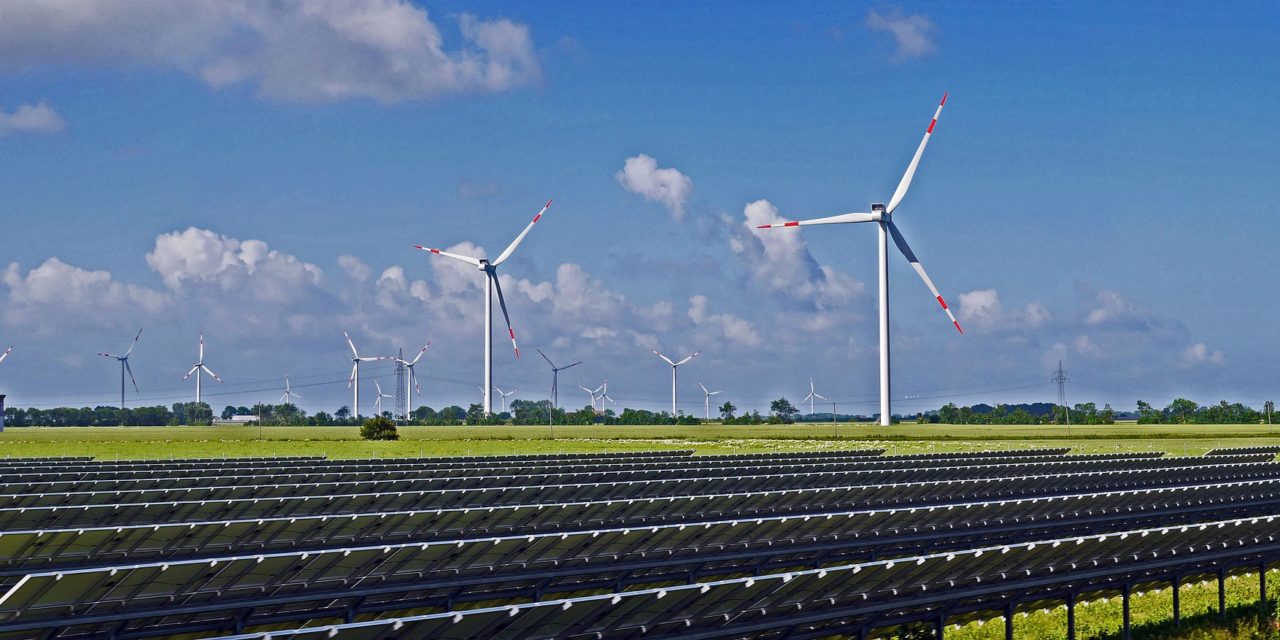The world’s largest solar power field has been switched on in India’s western state of Gujarat. Accounting for 214 megawatts of photovoltaic solar capacity, it becomes larger than China’s 200 MW Golmud Solar Park, which previously held the record.
The newly-developed solar power park will be a 500-megawatt system using state-of-the-art thin film photovoltaic technology and should be fully completed by the end of 2014.
It now has an operational capacity of 214 MW and has already become the largest such single location in the world, spread over 3,000 acres of mainly wasteland. Gujarat environment chief S.K. Nanda says the state is ideal for the solar project because of its sparsely-populated desert in the north.
The project has become part of 600 megawatt solar energy addition to India’s power grid, including sections that were already operational.
Upon completion the park will reduce carbon dioxide emissions released into the atmosphere to the tune of 8 million tonnes and save around 900,000 tonnes of coal and natural gas per year.
It also gives a serious boost to India’s renewable energy ambitions. The country aims for solar power to account for 3 per cent of national capacity – or 1,000 MW – by 2013.
Overall, it wants renewables to make up 15 per cent of capacity by 2020, from 6 per cent today.
The foundation stone for the Gujarat solar power park was laid in December 2010, as part of the state’s Solar Power Policy. The solar energy sector is expected to create about 30,000 new jobs in the state over a period of time.
The Gujarat government has already announced its next move, saying it will shortly come out with a rooftop solar power plant policy.
The state’s chief minister Narendra Modi said it will encourage people to produce their own electricity and earn by selling the surplus power to the state grid.
This would make the people self-reliant in power generation. The authorities hope it would also encourage residents to lease out their rooftops for solar power generation, which would yield additional income for the betterment of their life.





A good start, I guess.
But 15% by 2020 seems to be a little less, isn’t it?
maybe not for such a large country like india? don’t know..